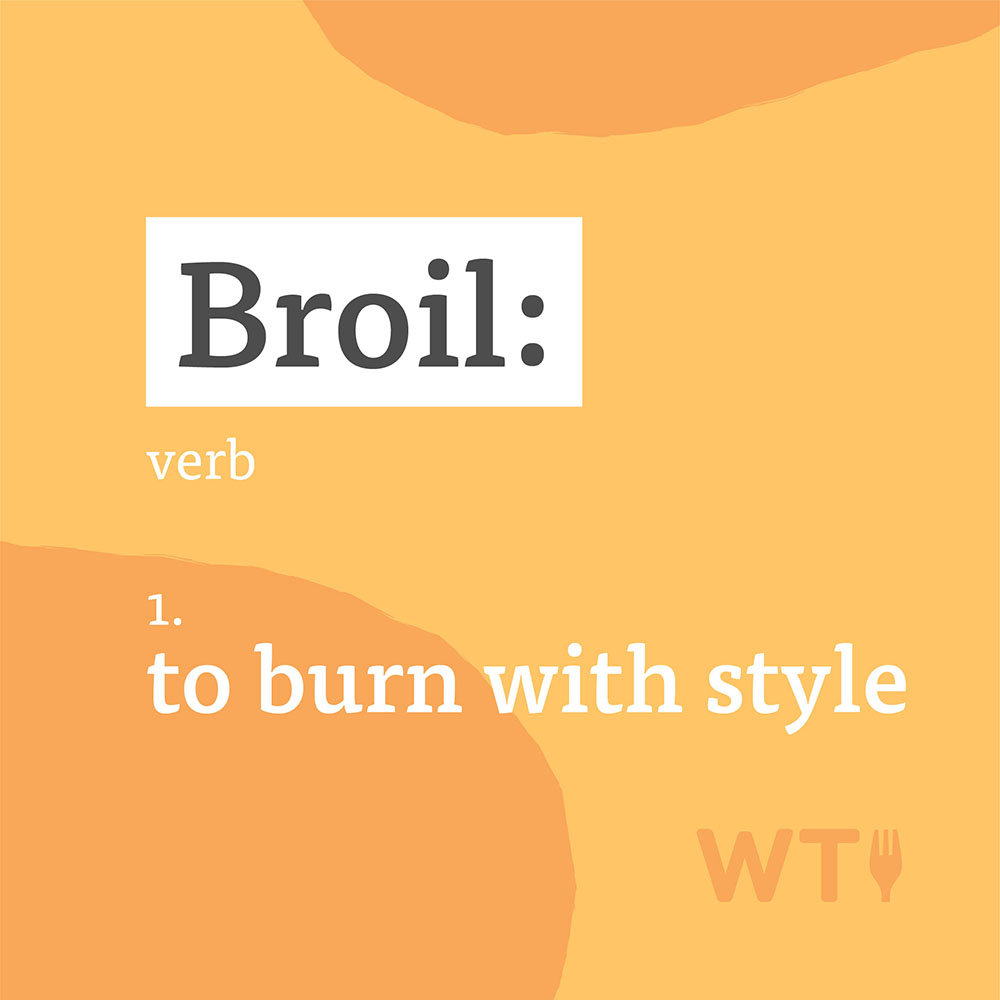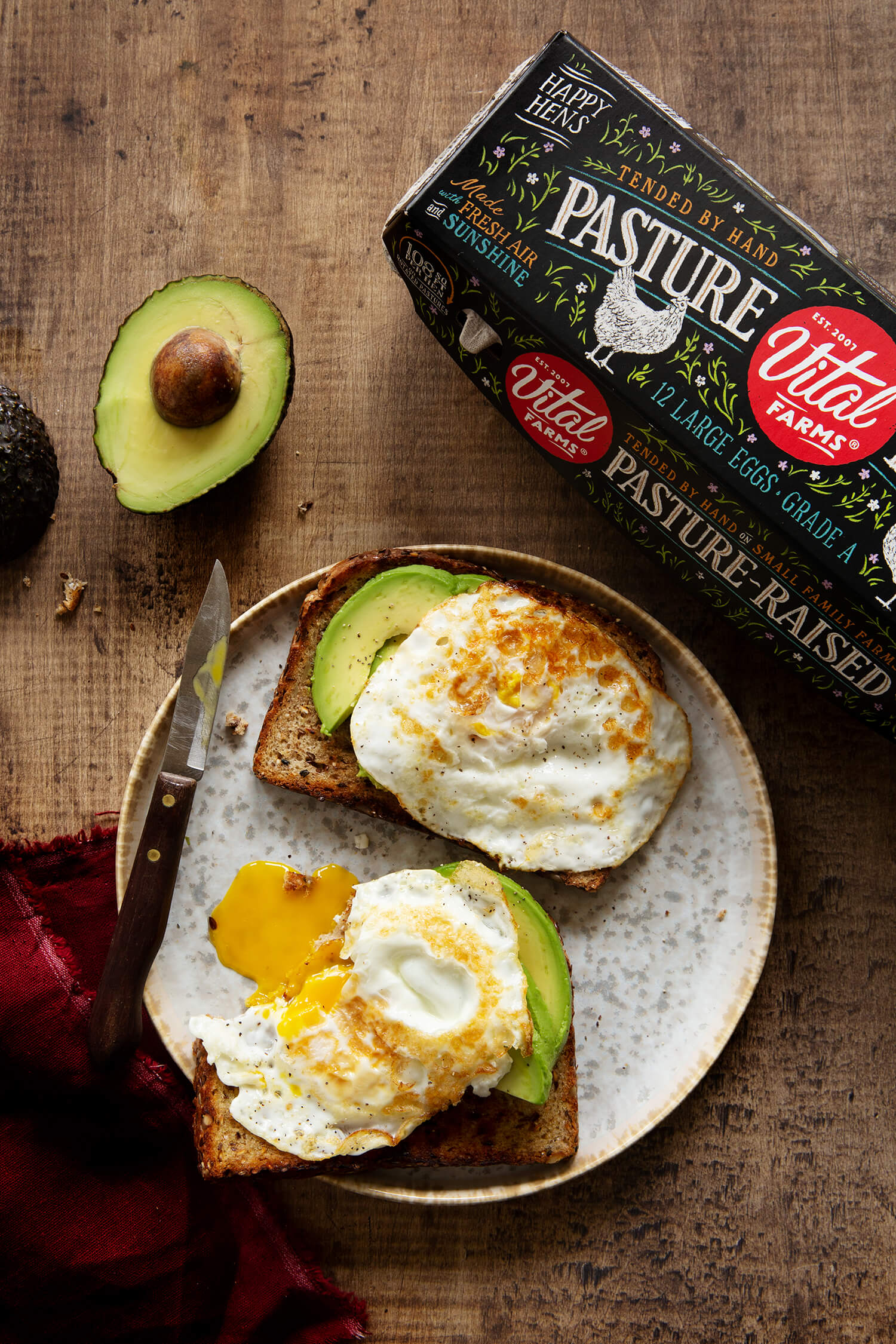When the weather cools down, our ovens heat up. High-heat techniques start sounding a lot more appealing when the AC isn’t on full blast. Baking and roasting are kitchen standbys, but broiling and brûléeing are fun ways to crank the heat on your cooking and add new flavors and textures to your creations. Let’s start with the basics.
What is broiling?
Broiling is a fancy term for cooking something under very intense, direct heat. While baking cooks foods uniformly via hot air on all sides, broiling cooks food intensely on one side, often through direct proximity to a flame or electrical coil.
TIP: Most ovens have a broil feature. While many ovens have their broiling heating element above the racks, some have it in a drawer beneath the main compartment (no, that’s not for storing your baking sheets!).
How should I incorporate broiling into my cooking?
Everyone knows that vegetables get much sweeter and more delicious when you roast them. You can speed up and intensify this process by broiling them. This works particularly well with more tender, sweeter vegetables like tomatoes, bell peppers, green onions, corn, and chiles. Blend these together for a flavorful and smoky salsa! Or, try throwing a sheet tray of your favorite fall veggies like squash and sweet potatoes under the broiler until they get darker and start to blacken. Then simmer in broth for a sweet and savory veggie soup.
TIP: Broiling is the indoor technique most comparable to grilling, so some of your grill favorites can find a happy home in the broiler. Explore broiling as a way to get that nice char you get from the grill on everything from shrimp to zucchini. It also shines as a way to quickly melt cheese!
What is brûléeing?
Brûléeing refers to a traditional French technique of burning sugars on top of a dessert, most iconically the custard dish called crème brûlée. While this can be done with a broiler, it is much easier and more precise to do it with a culinary blowtorch.
How should I incorporate brûléeing into my cooking?
Brûléeing is a great way to add another layer of sweetness and texture to your desserts. Exposure to the high heat hardens the sugar into a crust that breaks with an ultra-satisfying crunch with the crack of a spoon. Next time you make a batch of French toast, try sprinkling it with sugar and brûléeing it!
TIP: You don’t need to have a blow torch to brûlée something, though it certainly helps get a crisper, more uniform crust. In a pinch you can broil your custard or sugar-coated toast for a similar effect.
Where should I start broiling and brûléeing?
Try this Broiled Salmon with Scallions and Sesame recipe.
Upgrade your French Toast with a brûléed crust.
Or dive right into the delicious deep end and give Crème Brûlée a shot!









